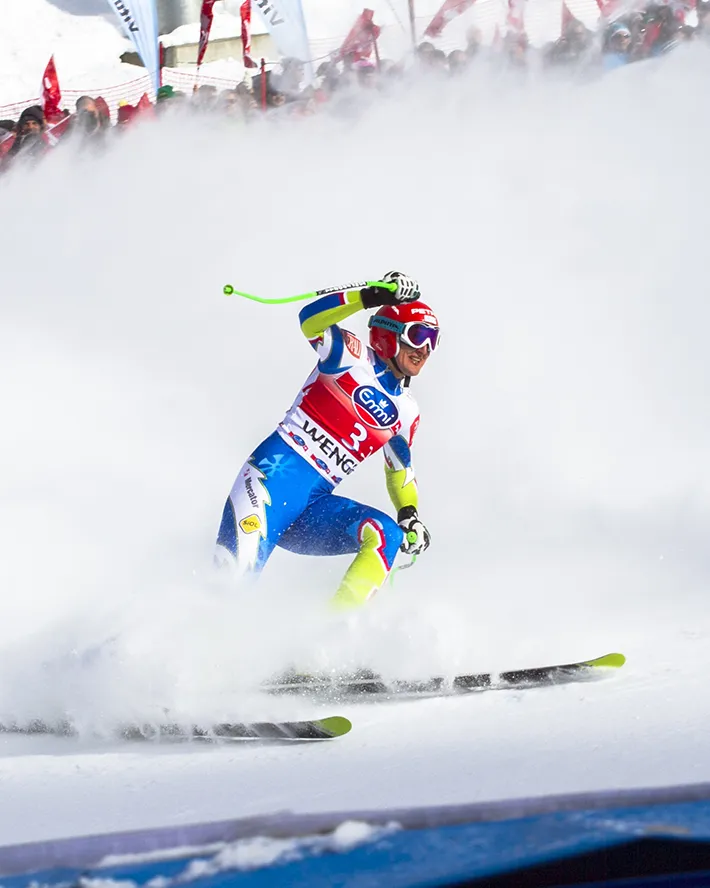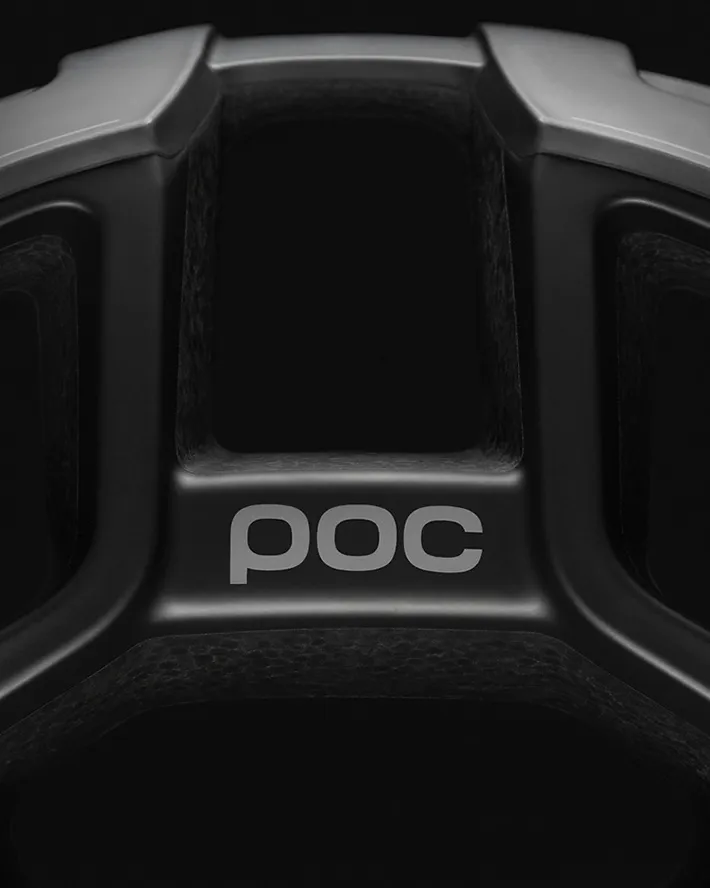Ski racing has a rich history dating back to the early 20th century, when the sport first began to gain popularity in Europe and North America. Over the years, many legendary ski racers have emerged, pushing the boundaries of what was thought to be possible and leaving a lasting impact on the sport. In this blog post, we will take a look at some of the pioneers who changed the game and helped shape the sport of ski racing into what it is today.
Slope steepness and avalanche risk
 This blog focuses on one of the key terrain features that determines avalanche risk- slope steepness. An understanding of the role of slope steepness is crucially important in allowing you to assess avalanche risk and in keeping you safe on higher risk days, such as when you're worried about the red flags that I mentioned in an earlier blog. To start off with, let's briefly recap on the the four main factors that contribute to slab avalanche formation (I'm focussing on slab avalanches as these account for nearly all avalanche incidents involving people):
This blog focuses on one of the key terrain features that determines avalanche risk- slope steepness. An understanding of the role of slope steepness is crucially important in allowing you to assess avalanche risk and in keeping you safe on higher risk days, such as when you're worried about the red flags that I mentioned in an earlier blog. To start off with, let's briefly recap on the the four main factors that contribute to slab avalanche formation (I'm focussing on slab avalanches as these account for nearly all avalanche incidents involving people):
1. Suitable terrain
2. Development of a slab
3. An underlying weak layer
4. A human or natural trigger that causes overload and failure of the weak layer
An important point is that factors 2-4 are quite dynamic over time and place, for example, a weak layer may be present on one day, but a few days later may have strengthened, or slabs may develop in localised spots on a slope, perhaps due to variations in wind pattern. However, terrain varies little over the course of a season (or even a human lifetime). Thus some terrain will almost always be safe, whereas other terrain will require knowledge and experience to assess avalanche risk on any particular day, taking into account the dynamic factors mentioned above.
So how do we assess terrain safety? 
By taking into account a number of factors, including slope steepness, aspect, altitude, tree density and glaciation. Of all of these factors, arguably slope steepness (also called slope angle) is the most important. Put simply, on gentle slopes the downslope gravitational force is not sufficient for a slab to slide, whereas on very steep slopes snow tends to continually slough so that slabs tend not to form (and in any case people rarely venture onto such slopes). Thus most slab avalanches, and nearly all involving people, occur on moderately steep slopes; these are flat enough to allow snow to accumulate, steep enough to allow snow to slide, and are attractive to people as they are prime riding terrain. In terms of angles, in Europe and North America slab avalanche fatalities are extremely rare on slopes of less than 25 degrees and more than 50 degrees, with the vast majority of fatalities occuring at angles between 30-45 degrees. The most dangerous range, the sweetspot, is 35-38 degrees. As you can see, a relatively small and barely perceptible increase in steepness, say from 29 degrees to 35 degrees, can dramatically increase avalanche risk.
In practical terms, this has important implications. The first is good news- if you always ski on terrain that is less than 25 degrees steep, and which is not exposed to avalanche risk from above, then it is highly unlikely that you will ever be involved in a slab avalanche. The second is not so good- most slopes where people like to ski are in the prime avalanche range. In addition, subtle changes in terrain, such as roll-overs onto steeper terrain undulations, can make a significant difference to avalanche risk.
So you'll appreciate that it's a very good idea to be able to assess slope steepness. It's very difficult to do this by eye, and the best way to do it is using an inclinometer. Some compasses have a built in inclinometer, or you can buy a slope meter such as the BCA inclinometer that we sell. You could consider using the inclinometers built into the iPhone apps I mentioned in this blog. For the slope meter method (and also the iPhone apps if you're brave enough to trust them!), the best approach is to lay a ski pole on the slope and place the inclinometer on it. You can also use your ski poles to give a rough indication of slope angle. I like the method described by Bruce Tremper, in his book "Staying Alive in Avalanche Terrain". Press one of your poles into the slope, pointing down the fall line, to make an impression in the snow. Lift this first pole upright and place its tip at the upslope end of the impression in the snow. Grab your other pole, hold the handles of both poles together and let the second pole dangle. Incline the first pole downhill until the tip of the second touches the ground (it should be vertical). If the tip touches the ground at the downslope end of the impression you made in the snow then the angle is 30 degrees. For every 10cm that the tip touches downslope of the impression, add another 3 degrees to the slope angle.
I hope you find this blog useful. The usual caveats and disclaimers apply- basically you need to take responsibility for yourself in the mountains and reading a blog is no substitute for attending a good quality avalanche education course. But you know that, right?
Have fun out there!


